Are you tired of your furry friend leaping all over you and your guests whenever they come through the door?
While a dog’s enthusiasm is adorable, their jumping behavior can become a nuisance or even a safety concern.
In this comprehensive guide, we’ll delve into the causes behind why dogs jump on people and provide effective tactics to prevent this behavior.
Contents Overview
Understanding the Causes
Dog jumping is a common behavior that can stem from various underlying reasons. Here are some of the primary causes:
1- Social Interaction:
- Dogs are social animals, and jumping up can be a natural behavior for them to initiate interaction with humans. In the wild, dogs might jump on each other as a form of greeting or play.
2- Attention-Seeking Behavior:
- Dogs may jump on people as a way to seek attention or affection. If they’ve learned that jumping results in petting, praise, or treats, they may continue to engage in this behavior to get what they want.
3- Lack of Training or Socialization:
- Dogs that haven’t received proper training or socialization may be more prone to jumping up on people. Without guidance on appropriate behaviors, they may resort to jumping as a default way to interact with humans.
4- Excitement and Overstimulation:
- Dogs can become overly excited or stimulated in certain situations, such as when greeting guests or encountering new people. Jumping may be a manifestation of this excitement, especially if the dog hasn’t learned how to control their impulses.
5- Reinforcement of Jumping Behavior:
- In some cases, unintentional reinforcement of jumping behavior can occur. For example, if a dog jumps on someone and the person reacts with laughter or positive attention, the dog may interpret this as encouragement to continue jumping.
6- Breed Tendencies:
- Certain dog breeds may be more prone to jumping behavior than others. For example, breeds that are bred for herding or retrieving purposes may have a natural inclination to jump or leap, which can manifest in interactions with people.
7- Physical Comfort:
- Sometimes, dogs may jump on people simply because they find it physically comfortable to do so. They may seek elevation to be closer to a person’s face or to access a hand for petting.
Understanding these various causes can help pet owners tailor their approach to addressing and preventing jumping behavior in their dogs. By identifying the specific triggers and motivations behind the behavior, owners can implement targeted training and management strategies to encourage more appropriate greetings and interactions.
Prevention Tactics
Now that we understand why dogs jump on people, let’s explore effective tactics to prevent this behavior:
1- Positive Reinforcement Training:
- Use positive reinforcement techniques to train your dog to exhibit desired behaviors. Reward your dog with treats, praise, or affection when they greet people calmly with all four paws on the ground.
- Consistently reinforce the behavior you want to see, such as sitting politely during greetings, to encourage your dog to repeat it.
2- Desensitization and Counterconditioning:
- If your dog tends to jump on people out of excitement or anxiety, desensitization and counterconditioning techniques can be helpful.
- Gradually expose your dog to situations that trigger jumping, such as guests arriving at the door, while rewarding calm behavior. Over time, your dog will learn to associate these situations with positive experiences rather than jumping.
3- Teach an Alternative Behavior:
- Instead of jumping, teach your dog an alternative behavior that is incompatible with jumping, such as sitting or offering a paw.
- Practice these behaviors regularly in various contexts, gradually increasing distractions, to reinforce the desired response.
4- Use Visual and Verbal Cues:
- Implement visual and verbal cues to signal to your dog the appropriate behavior during greetings.
- For example, use a hand signal or verbal command such as “sit” or “down” to prompt your dog to perform the desired behavior before greeting guests.
5- Provide Mental Stimulation:
- Engage your dog in mentally stimulating activities to help channel their energy and reduce the likelihood of jumping out of boredom or excess energy.
- Offer puzzle toys, interactive games, or training sessions to keep your dog mentally engaged and fulfilled.
6- Set Clear Boundaries:
- Establish clear boundaries for your dog’s behavior, both indoors and outdoors. Consistently enforce these boundaries to help your dog understand what is acceptable.
- For example, teach your dog that jumping on people is not allowed by consistently ignoring or redirecting the behavior.
7- Seek Professional Help:
- If your dog’s jumping behavior persists despite your efforts, consider seeking assistance from a professional dog trainer or behaviorist.
- A professional can assess your dog’s behavior, identify underlying issues, and provide personalized guidance and training techniques to address the problem effectively.
By implementing these prevention tactics consistently and patiently, you can help your dog learn appropriate ways to greet people without resorting to jumping. Remember that training takes time and consistency, so be patient and persistent in your efforts to modify your dog’s behavior positively.
Bottom Line
In conclusion, while dog jumping on people may be a common behavior, it can be managed and prevented through consistent training, exercise, and setting clear boundaries.
By understanding the underlying causes and implementing effective prevention tactics, you can ensure that your furry friend greets guests in a polite and controlled manner, enhancing both their safety and the enjoyment of your visitors.
With patience, positive reinforcement, and a proactive approach, you can curb jumping behaviors and foster a well-behaved and well-mannered canine companion.
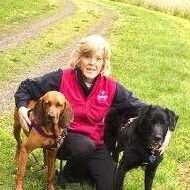

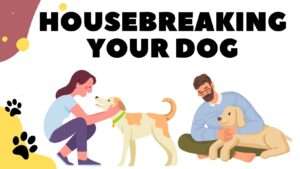
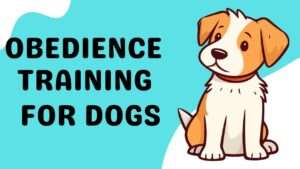


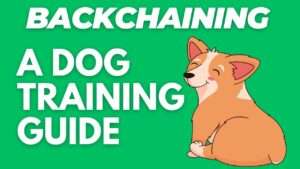


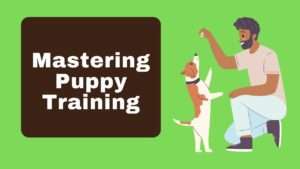

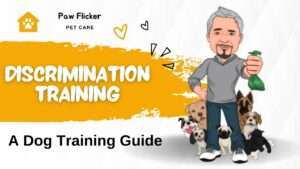



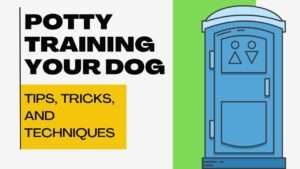


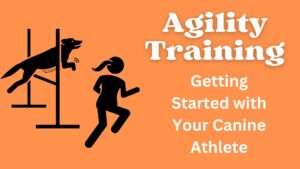

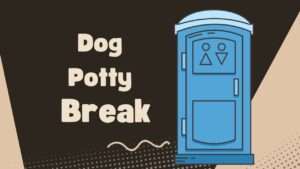











+ There are no comments
Add yours